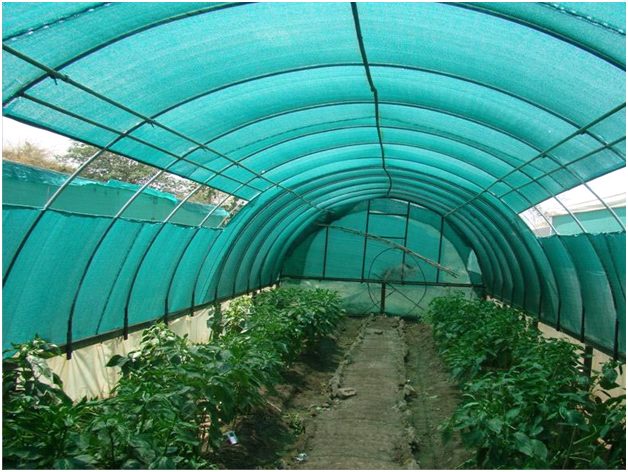Construction shade cloth is a versatile and valuable tool in the construction industry, providing numerous benefits for workers, materials, and equipment. Whether used on construction sites, temporary structures, or outdoor work areas, shade cloth offers protection against the sun’s harmful rays, heat, and other environmental factors. This comprehensive guide will explore the benefits of construction shade cloth, its various applications, and guidelines for its installation.
Benefits of Construction Shade Cloth:
Construction shade cloth offers several advantages:
Sun Protection: Construction shade cloth provides a shield against direct sunlight, effectively minimizing the chances of sunburn, heat-related illnesses, and fatigue among workers.
Temperature Regulation: Shade cloth helps create a cooler and more comfortable working environment, enhancing productivity and safety.
UV Ray Blockage: It blocks a significant percentage of harmful UV rays, reducing the risk of skin damage and long-term health effects.
Material Protection: Shade cloth helps protect construction materials, tools, and equipment from sun exposure, minimizing potential degradation or damage.
Dust and Debris Control: Construction shade cloth serves as a protective barrier, significantly reducing the ingress of dust, debris, and airborne particles into the work area.
Applications of Construction Shade Cloth:
Construction shade cloth finds wide-ranging applications in the industry:
Construction Sites: It provides shade for workers during tasks such as concrete pouring, welding, painting, and roof installations.
Temporary Structures: Shade cloth is used to cover temporary structures like tents, scaffolding, and outdoor workstations.
Outdoor Work Areas: It offers shade and protection for outdoor work areas, including parking lots, assembly areas, and equipment staging areas.
Event Spaces: Construction shade cloth is utilized for shading event venues, construction trade shows, and outdoor exhibitions.
Types of Construction Shade Cloth:
Different types of shade cloth are available to suit various construction needs:
High-Density Polyethylene (HDPE) Shade Cloth: Offering both durability and lightweight characteristics, construction shade cloth delivers exceptional UV protection and effectively reduces heat.
Knitted Shade Cloth: This type offers superior ventilation and air circulation, reducing heat buildup beneath the shade.
Flame-Resistant Shade Cloth: It designs to meet fire safety regulations and is suitable for construction sites with strict fire safety requirements.
Waterproof Shade Cloth: This variant provides not only shade but also protection against rain and moisture.
Installation Guidelines for Construction Shade Cloth:
To ensure the effective installation of construction shade cloth, consider the following guidelines:
Assess Site Requirements: Determine the size, shape, and location of the area requiring shade. Consider factors like sun orientation, wind direction, and potential obstructions.
Measure and Order: Accurately measure the dimensions of the area to cover and order the appropriate amount of shade cloth.
Secure Anchoring: Use sturdy support structures, such as poles, frames, or scaffolding, to anchor the shade cloth securely.
Tensioning: Ensure proper tensioning of the shade cloth to prevent sagging and flapping in strong winds. Use tensioning devices like bungee cords, ratchet straps, or cable ties.
Proper Sloping: Install the shade cloth with a slight slope to facilitate rainwater runoff and prevent water accumulation.
Consider Wind Load: Assess the wind load capacity of the shade cloth and select the appropriate fabric and anchoring methods to withstand wind loads in the construction area.
Regular Inspection and Maintenance: Regularly inspect the shade cloth for any signs of damage, wear, or loosening. Perform necessary repairs or replacements as needed.
Conclusion:
Construction Shade Cloth: Benefits, Applications, and Installation Guidelines, heat, and other environmental elements. By understanding its benefits, and applications, and following proper installation guidelines, construction professionals can create safer and more comfortable working environments, prolong the lifespan of materials and equipment, and enhance overall productivity. Incorporating construction shade cloth into construction projects contributes to the well-being of workers and the successful completion of construction endeavors. construction industry

